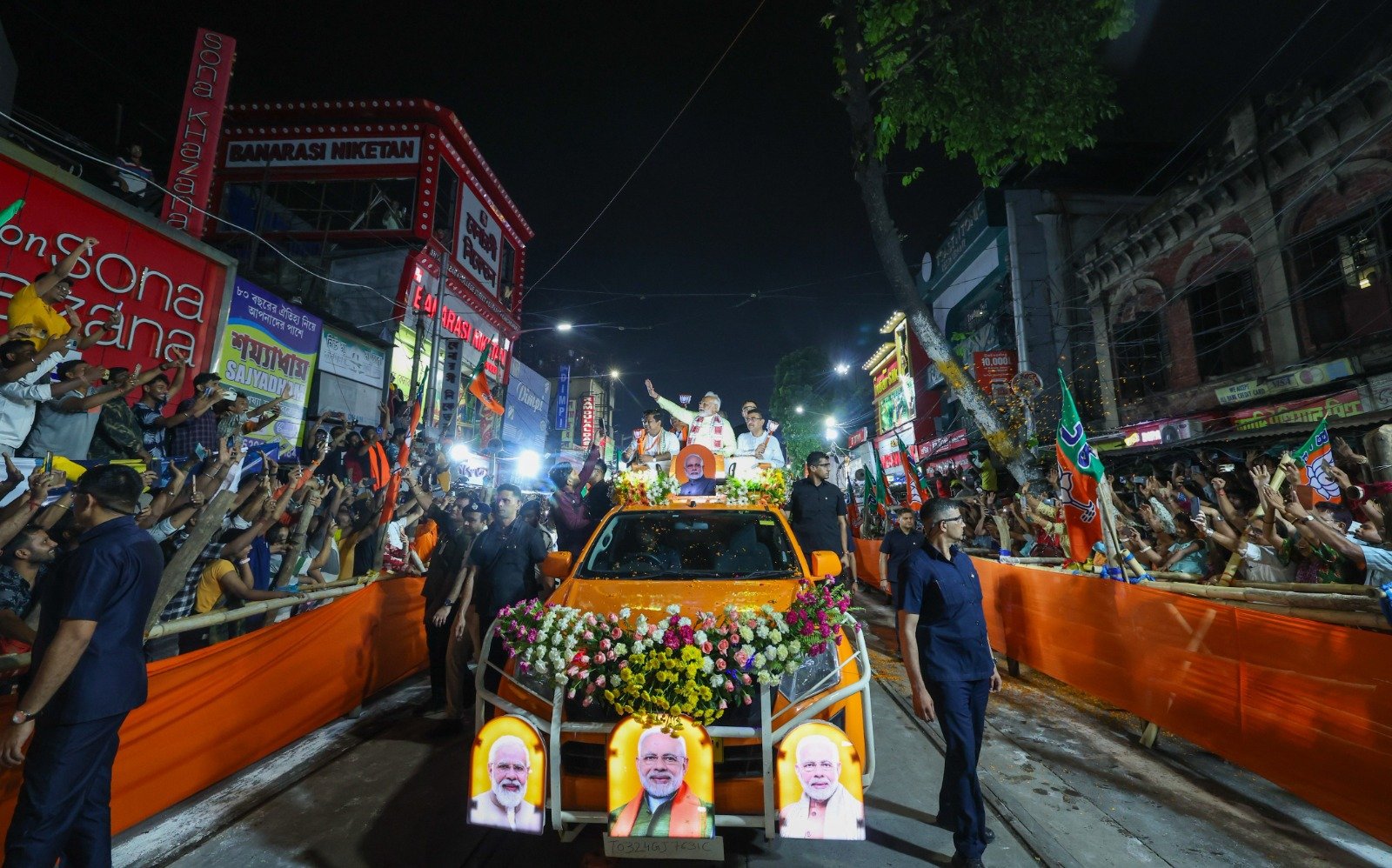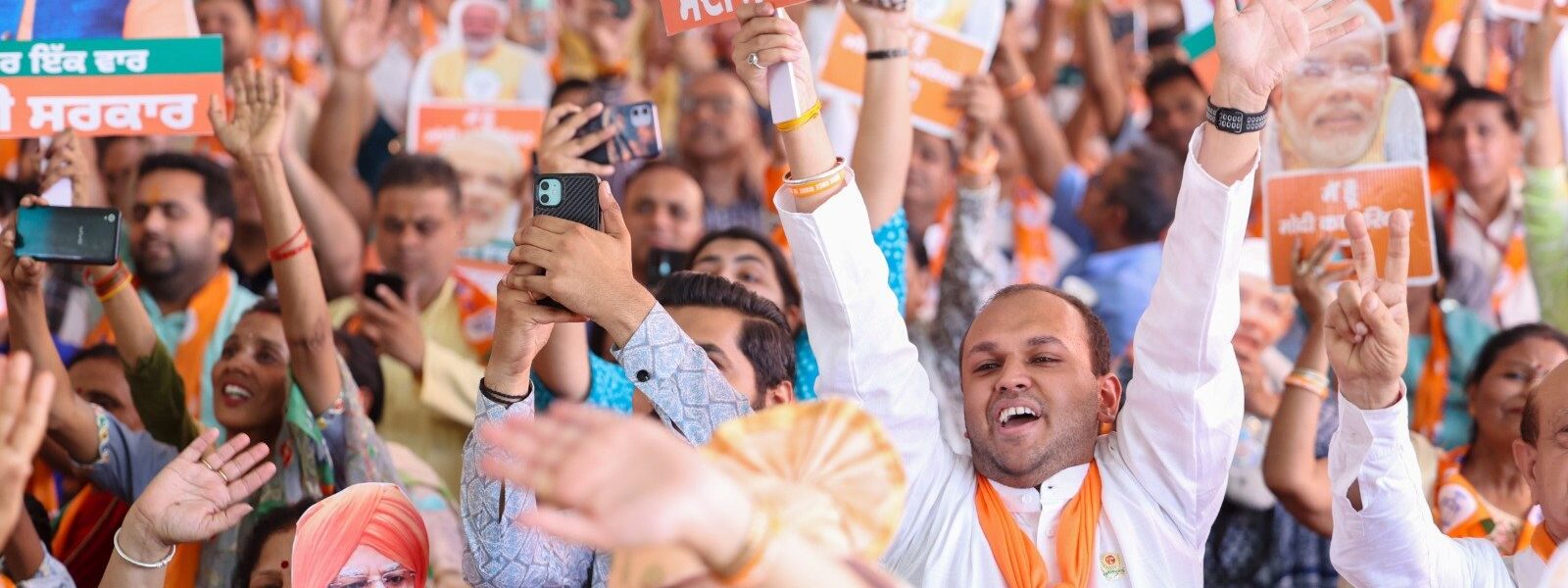India’s recent election has made history as Prime Minister Narendra Modi’s Bharatiya Janata Party (BJP) and its coalition partners clinched an unprecedented third consecutive term in power, reaffirming Modi’s leadership and the BJP’s stronghold in Indian politics.
Election Overview
Spanning seven phases over six weeks, the election witnessed an overwhelming turnout, with over 600 million voters casting their ballots across 543 parliamentary seats. Despite fierce competition, the BJP-led National Democratic Alliance (NDA) emerged victorious, signaling a clear mandate for Modi’s vision and policies.

Key Victories and Coalition Strategies
The BJP secured significant wins across various states, including Himachal Pradesh, Uttarakhand, Arunachal Pradesh, Madhya Pradesh, Delhi, Gujarat, Chhattisgarh, and Assam. Strategic alliances with coalition partners, such as the Janata Dal, and regional parties like the Telugu Desam Party (TDP) and Janata Dal United (JDU), bolstered the NDA’s electoral strength.
Challenges and Opposition Dynamics
Despite the BJP’s resounding victory, the opposition India bloc, comprising numerous parties, made substantial gains in states like Uttar Pradesh, West Bengal, and Maharashtra. This resurgence highlights the evolving political landscape and underscores the need for the ruling coalition to address diverse concerns and aspirations.
Implications and Future Outlook
As Modi embarks on his third term, the focus will be on delivering on promises, fostering inclusive governance, and driving India’s development agenda forward. The historic win not only underscores Modi’s enduring popularity but also underscores the vibrancy and resilience of India’s democratic institutions. Moving ahead, collaborative efforts and engagement with all segments of society will be crucial for sustaining India’s growth trajectory and ensuring prosperity for all.






